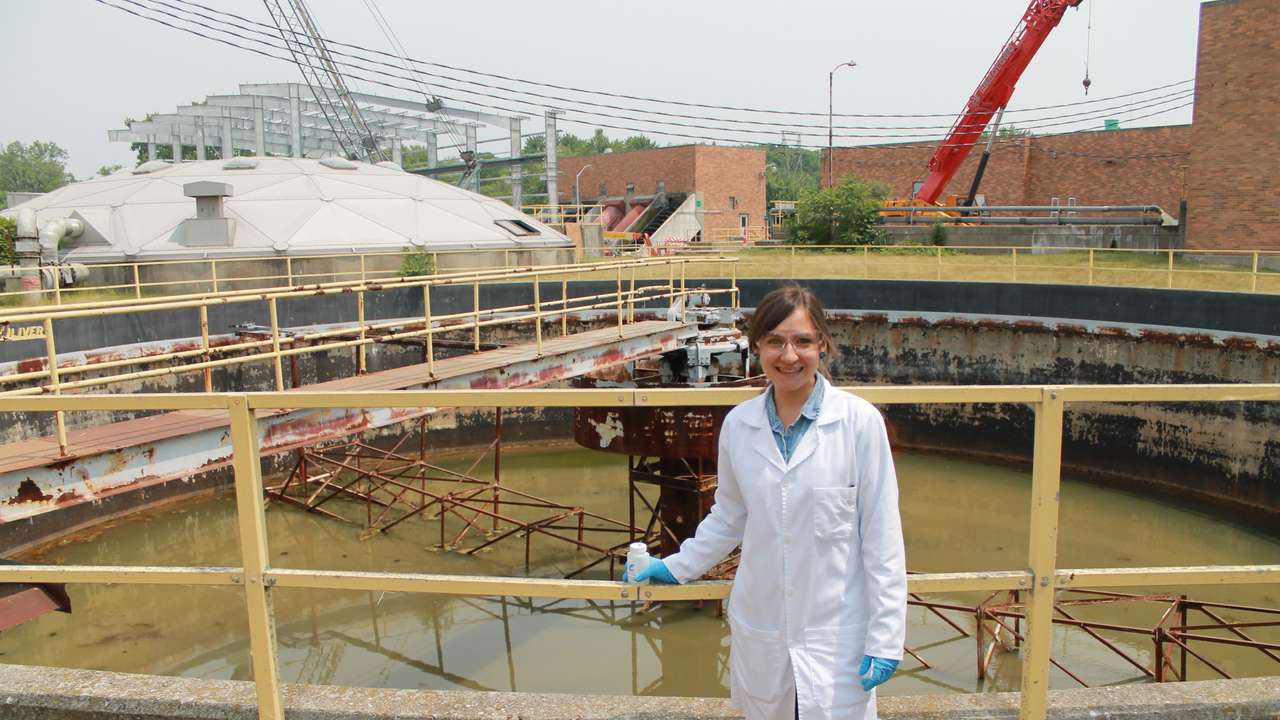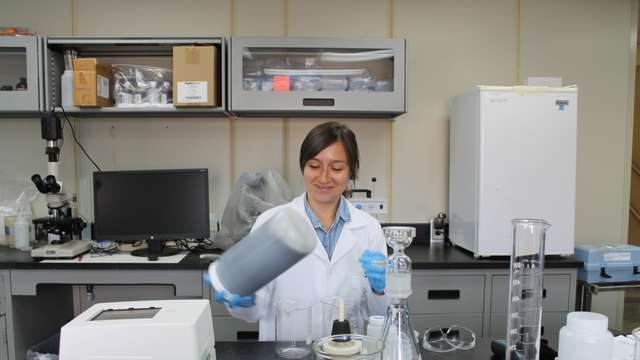Meet the woman using shrimp shells to fight water pollution in Guatemala

Scientist María Amorín discovered the potential of chitosan when she was a chemistry student. This biopolymer, made by treating the chitin found in the shells of crustaceans like shrimp, lobsters, and crabs, would become her ally in addressing water pollution.
The benefits of chitosan
Chitosan is a natural polymer with diverse applications across various industrial sectors. In medicine, it is used as a procoagulant and haemostatic agent. In food and nutrition, it serves as a thickener, emulsifier and food preservative. In water treatment, its flocculant properties can help to remove suspended solids. Many water treatment plants around the world use it to remove oil, grease, heavy metals and fine particles responsible for turbidity from wastewater streams. Due to its natural origin, it is 100% biodegradable.
Wastewater treatment, a global challenge
In Guatemala, Amorín’s native country, only around 5% of wastewater undergoes treatment. In 2017, the Ministry of the Environment said that 95% of surface water sources were found to be polluted.
Despite having double the global average water availability, the Central American country suffers from significant infrastructure gaps. Only 43% of households are connected to sewage networks, and 41% lack access to a drinking water distribution system, as reported by the Civic Movement for Water in 2021, citing data from the United Nations Development Program.
Similar challenges exist in many countries of the Global South, exacerbating environmental issues and threatening fundamental rights, such as access to water.
Many Western countries also struggle to find optimal waste management practices for the large amounts of waste they produce. For example, the United States generates 12% of the world's municipal solid waste, according to a report from the British firm Verisk Maplecroft.
A scalable solution
With the aim of addressing this issue, María Amorín developed a filter made of chitosan. Her innovative approach led her to travel to countries such as Switzerland, India, and the United States to refine her idea into a scalable solution for widespread use.

Although she has not yet secured financial support for larger-scale production, she has already manufactured several units of her CrustaTec filter for commercial sale with her chemical research and development company, INDEQUI.
"I always wanted to tackle the pollution problem at the root, but for now, to generate income, I will start cleaning swimming pools," she said. "The lack of financial support from our governments, and the absence of a shared vision and commitment from both the government and private sector, is frustrating".
The Guatemalan scientist also noted that while the advances are promising, the polymer production process needs to be modified to reduce costs and align with eco-friendly industry trends.
As the world reflects on tangible solutions to tackle global water pollution, Amorín continues to seek support to expand her water filtration system.
The scientist would like to see her method benefit regions such as Latin America. She highlighted the potential benefits of fostering a culture of collaborative work, especially in places where expensive and inaccessible infrastructure and tools hinder progress.